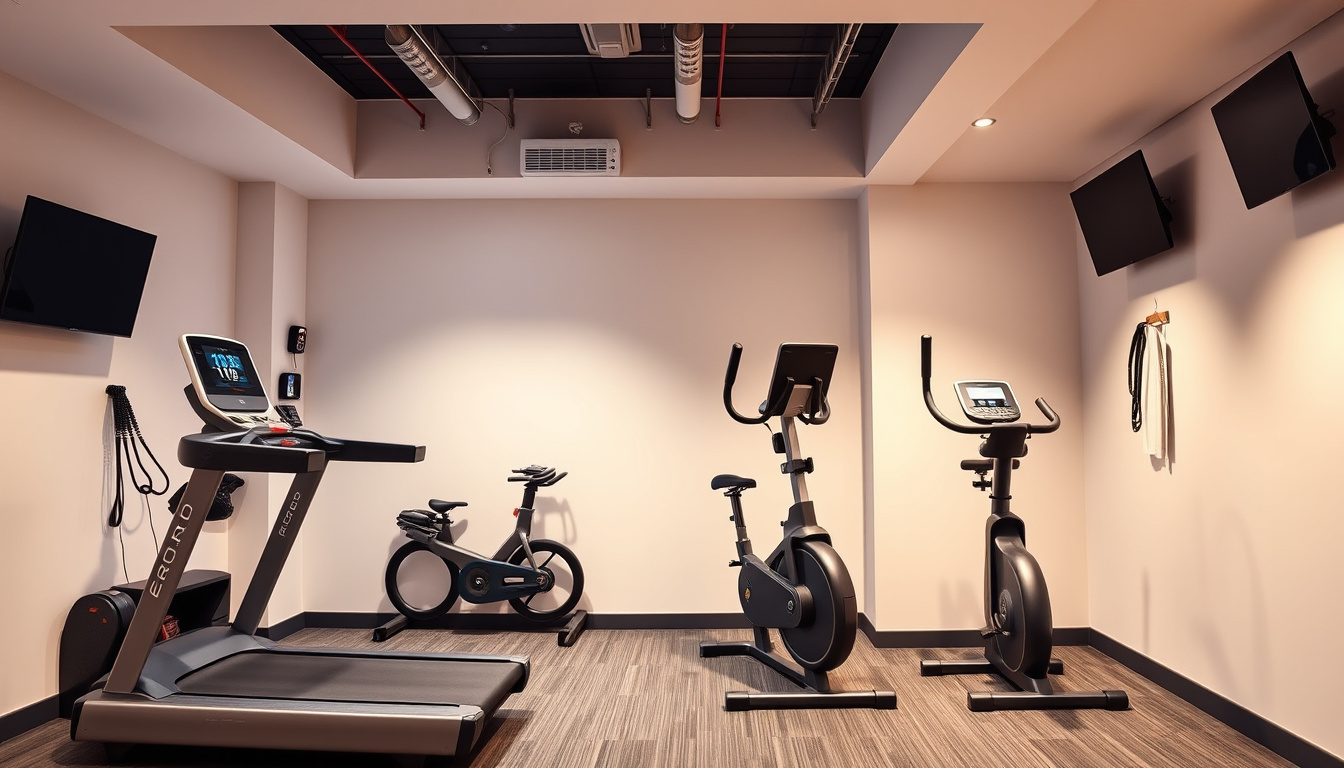In the journey toward better health and fitness, your workout plan stands as the head that connects each step. Whether you are just starting out or have built strength over time, a good plan binds your efforts close to your goals and keeps you on track. A well-made plan helps you stay steady, work the right muscles, keep safe, and move toward your fitness aims. In this article, we list tips to help you shape your plan and move toward your goals with ease.
Why Is Workout Planning Important?
A strong plan works like a guiding word that holds your fitness journey together. It helps you:
• Keep a steady pace. Without a plan, skipping sessions becomes easy.
• Break through limits. A varied plan stops progress from slowing down.
• Work smarter. You know what to do and focus each time you work out.
• Stay safe. A plan that includes rest and balance keeps injuries at bay.
• Watch your steps. Clear marks let you see how far you have come.
Health experts say that a smart plan lifts your motivation and helps you stick with your routine (source).
How to Master Workout Planning: Essential Tips
1. Define Clear and Achievable Goals
Begin with clear and measurable targets. Instead of saying "I want to get fit," say "I aim to lose 10 pounds in three months" or "I will run 5 kilometers in under 30 minutes."
Why this matters: Clear aims join with your plan and keep you focused on each step.
2. Assess Your Current Fitness Level
Look at where you are now. Know your strengths, weak spots, and limits. This check helps shape a routine that is both demanding and fair.
3. Create a Balanced Routine
A good plan holds many parts together:
• Cardio work builds endurance (for example, running or cycling).
• Strength work builds muscle and burns calories (like weightlifting or using resistance bands).
• Flexibility work helps your body move and protects it (such as stretching or yoga).
• Rest days give time for your body to mend.
A sample week might appear as follows:
| Day | Focus Area | Activity |
|---|---|---|
| Monday | Strength Training | Full-body weight session |
| Tuesday | Cardio | 30 minutes of a steady run |
| Wednesday | Flexibility and Movement | A yoga or stretching session |
| Thursday | Strength Training | Upper-body resistance work |
| Friday | Cardio and Core | Cycling and core exercises |
| Saturday | Active Recovery or Rest | Light walk or full rest |
| Sunday | Fun Activity Option | Hiking, swimming, or playing a sport |
4. Plan Workouts Around Your Schedule
Find the times and days you can stick with your sessions. If mornings suit you, set your hard sessions early. If evenings are best, move your plan to that time.
5. Mix Up Your Workouts
Change your routine to keep your focus close to the goal and to work different groups. Rotate your exercises every 4-6 weeks to keep your body guessing.
6. Increase Your Intensity Slowly
Raise the level of your workouts little by little. Add more weight, reduce the resting time, or include more repetitions to keep challenging your body.
7. Use Tools and Devices
Apps, smart wearables, or a workout journal help track your practices and steps. Keeping a journal shows your gains and points out where to adjust.
Common Workout Planning Mistakes to Avoid
Keep away from pitfalls like:
• Doing too much without rest
• Being strict with unreachable goals
• Skipping rest days
• Missing warm-ups and cool-downs
• Not listening to your body
Staying alert in your planning builds a better path and a kinder view of exercise.
Building Your Workout Planning Routine: Step-by-Step
Step 1: Set Your Goals
Write down your aim—whether it is weight loss, building muscle, or better stamina.
Step 2: Assess and Plan
Check your current strength and time. Choose the exercises and decide how often to work out each week.
Step 3: Draft Your Weekly Schedule
List what you will do each day. Include time for warm-ups and cool-downs.
Step 4: Gather Equipment and Resources
Make sure you have the gear or space you need to work out.
Step 5: Start and Adjust
Begin with your plan. See how it works and then tweak it as you grow.
FAQs About Workout Planning
Q1: How often should I change my plan?
A: Look over your plan every 4-6 weeks. This way, you keep growing, avoid slow progress, and adjust to any changes in your routine or aim.
Q2: Can planning help avoid injuries?
A: Yes. A plan that has warm-ups, cool-downs, and a mix of exercises keeps the risk of harm low.
Q3: What tools help with planning?
A: Fitness apps, a paper journal, timers, and wearable devices all help keep track of sessions and progress.
The Benefit of a Well-Made Plan in Achieving Your Goals
A sound workout plan turns random exercises into a word that connects each effort with a goal. This approach speeds up progress and adds a spark to your work. It is by staying steady, setting clear signs, balancing your sessions, and building up slowly that you shape your fitness pathway. Your plan keeps you close to success.
Ready to shape your fitness journey? Take time now to build a plan that fits your life. Stick with it, and your hard work will show!
Take Action Now!
If you want to change your health, do not delay. Start with a look at where you are, set clear targets, and design a plan that suits your daily life. With focus and a well-formed plan, your full strength comes through as you work toward a healthier, fitter self. Begin now—your future self will thank you!




